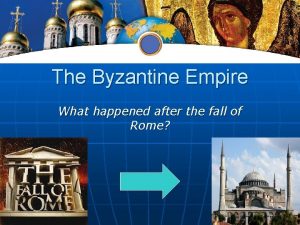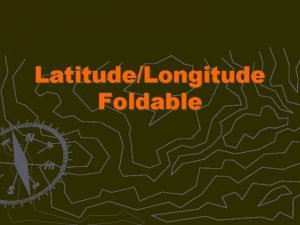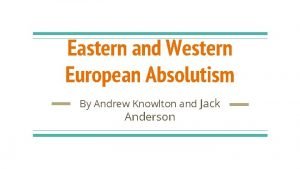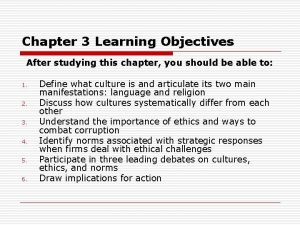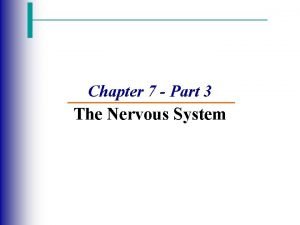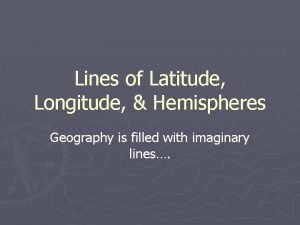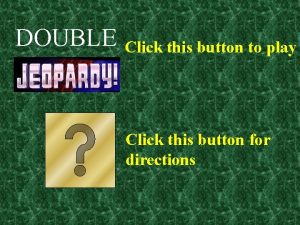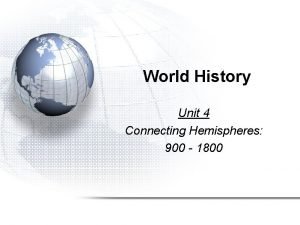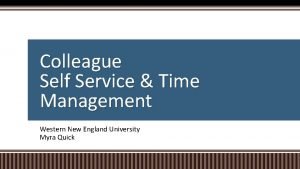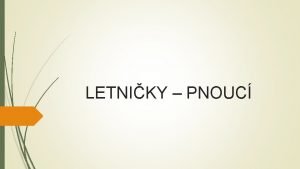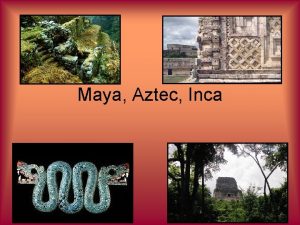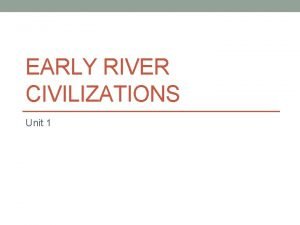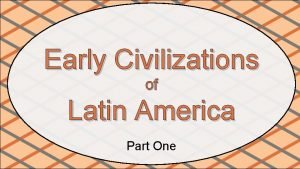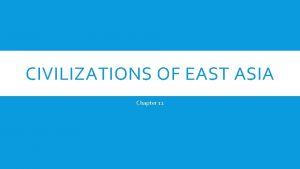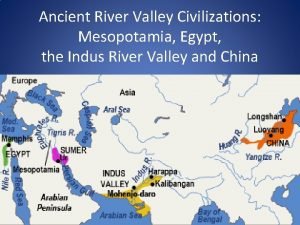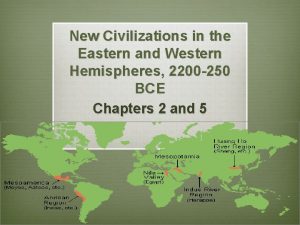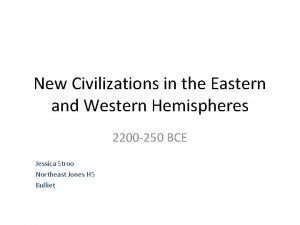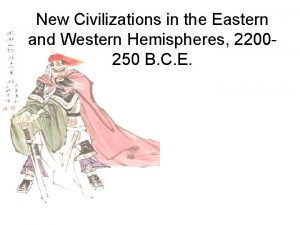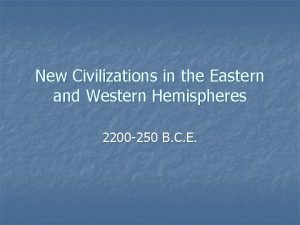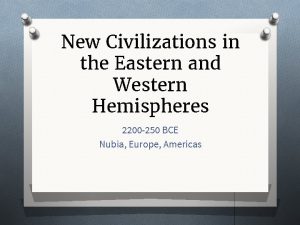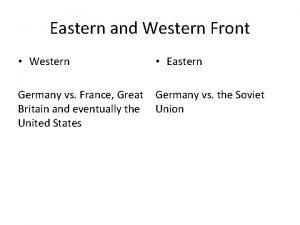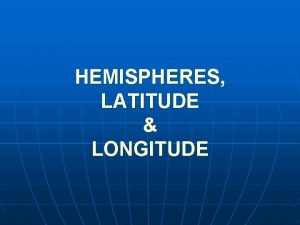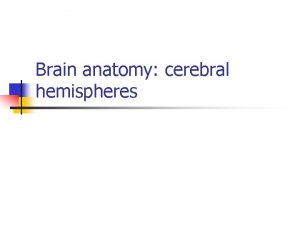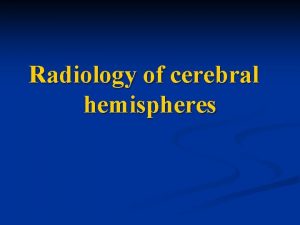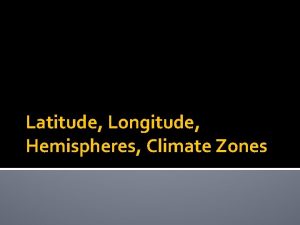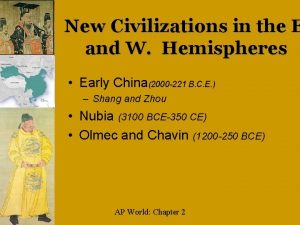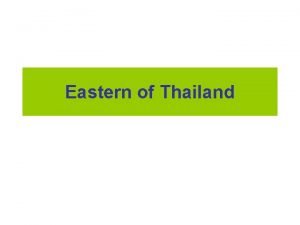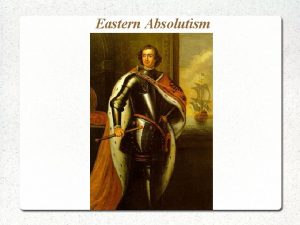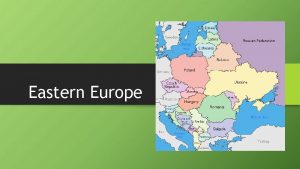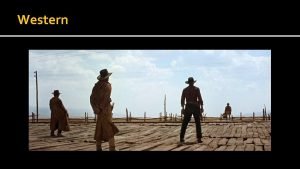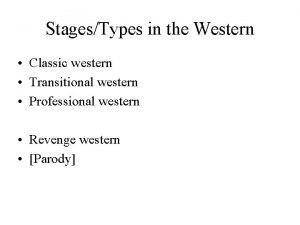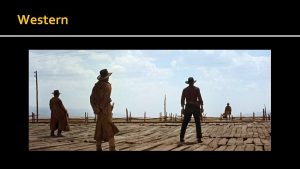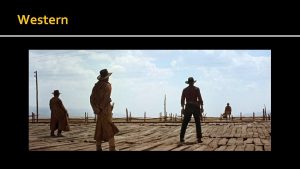New Civilizations in the Eastern and Western Hemispheres





















- Slides: 21

New Civilizations in the Eastern and Western Hemispheres 2200 -250 BCE Nubia, Europe, Americas

NUBIA

Nubia • Along Nile River • Between Modern Egypt and Sudan • Gold, Copper, Semiprecious stones

Egyptian Interaction • Old Kingdom (2300 BCE) – Egyptian trade missions – Gold, ebony, ivory, slaves, animals • Middle Kingdom (2040 -1640 BCE) – Extension of fortifications further southward – Attempts to control gold mines in Nubia • New Kingdom – Destruction of Kush • Early urban area in Africa – Further Southern domination – Used Nubian gold to supply Middle Eastern markets • Egyptian domination for 500 years – Absorption of culture, politics, religion, culture into Nubia

25 th Egyptian Dynasty • 712 -660 BCE: rule of Egypt by Nubian kings – Kept Nubian names – Ruled in Egyptian style and tradition – Capital: Memphis • 701 BCE: attempt to help Palestine against Assyrian Empire • 660 BCE: Assyrians drive Nubians back to the south • Meroë – Became center of Nubian kingdom by 4 th cent BCE – Sub-saharan culture eventally replaces Egyptian influences – Collapse in the 4 th cent CE due to invasion of nomads • Mobile due to camel domestication

CELTIC EUROPE

Map 3 -3, p. 69

Celtic Europe • “Celtic” refers to Indo-European family language – First appears in Germany, Austria, Czech Rep. • Continental Europe – France, Germany, Switzerland, Austria, Czech Republic, Slovakia, Hungary, Poland, Romania • • No unified Celtic nation Divided into family groups Elite warrior class Wood and clay homes

Celtic Europe • Druids – Celtic priests – Gaul (France) and Britain – Religious and political • At times prevented warfare between rival clans • Religion – Halloween (Samhain) was a fertility festival (agriculture) – Worshipped in nature not man-built temples • Trade – Along rivers and with Mediterranean • Women – Children and food production – Partnership in marriage – More power/freedom than in Middle East, Rome, Greece • Conquest by Romans mostly ended Celtic tradition – Survives in parts of France, Scotland, Ireland,

THE AMERICAS

The Olmec • Mesoamerica – Meso = middle – Middle America (between N and S) • Most influential early Mesoamerican civilization – Modern Veracruz and Tabasco, Mexico

Resources • Obsidian, quartz, jade • Maize (corn), beans, fishing – Domesticated by 3500 BCE – Created specialization and social

Urban Centers • San Lorenzo (1200900 BCE) • La Venta (c 900 -600 BCE) – Became important after the destruction/ abandonment of San Lorenzo • Tres Zapotes (c 600 BCE – Rose after the destruction/ abandonment of La Venta • Large platforms/mounds of dirt • Location of religious and political buildings • Most housing NOT in urban center – Some elite housing • Evidence of trading and merchant class • Each site eventually abandoned and buildings/monuments were destroyed

Politics and Religion • No evidence of Olmec empire • Olmec heads – Large carved heads of rulers – 11 feet tall – Located near urban centers • Produced calendar • Origination (? ) of the ritualistic Mesoamerican ball game

p. 74

Andean Civilizations • South American coast • Urban centers first appeared in coastal areas – Fish, mollusks • Introduction of maize from Mesoamerica allowed for more urbanization • Caral – Precursor to Chavín – Included aspects of later Andean civilizations • Ceremonial plazas • Pyramids • irrigation

The Chavín • Modern day Peru • Capital of Chavín de Huantar was intersection of trade routes – Connected coast with inland farmers and llama herders • Trade relations allowed for work projects – Bridges, canals, roads, temples, etc • Western Hemisphere’s metallurgy evolved in Andean region – Later found in Mesoamerica – Further evidence of trade between the two


Chavín de Huantar

Animals • Llama – Only domesticated beast of burden in the Americas – Meat, wool, pack animal • Religion – Jaguar was most common

p. 104
 What happened after rome fell
What happened after rome fell Northern hemisphere latitude
Northern hemisphere latitude Similarities between eastern and western absolutism
Similarities between eastern and western absolutism What was the main achievement of the maurya family
What was the main achievement of the maurya family Secneer
Secneer Western values vs eastern values
Western values vs eastern values Cerebellum and cerebral hemispheres
Cerebellum and cerebral hemispheres Latitude and longitude
Latitude and longitude Label the world's 5 oceans
Label the world's 5 oceans What country is in all 4 hemispheres
What country is in all 4 hemispheres What country is in all 4 hemispheres
What country is in all 4 hemispheres Connecting hemispheres world history
Connecting hemispheres world history Wne self-service
Wne self-service Gs gold award ideas
Gs gold award ideas Bluecross blueshield of western new york
Bluecross blueshield of western new york Inca aztec maya civilization map
Inca aztec maya civilization map Ancient river valley civilizations map
Ancient river valley civilizations map Ancient river valleys map
Ancient river valleys map Inca diorama
Inca diorama Chapter 9 lesson 1 ancient india
Chapter 9 lesson 1 ancient india Scholargentry
Scholargentry River valley civilization map
River valley civilization map
